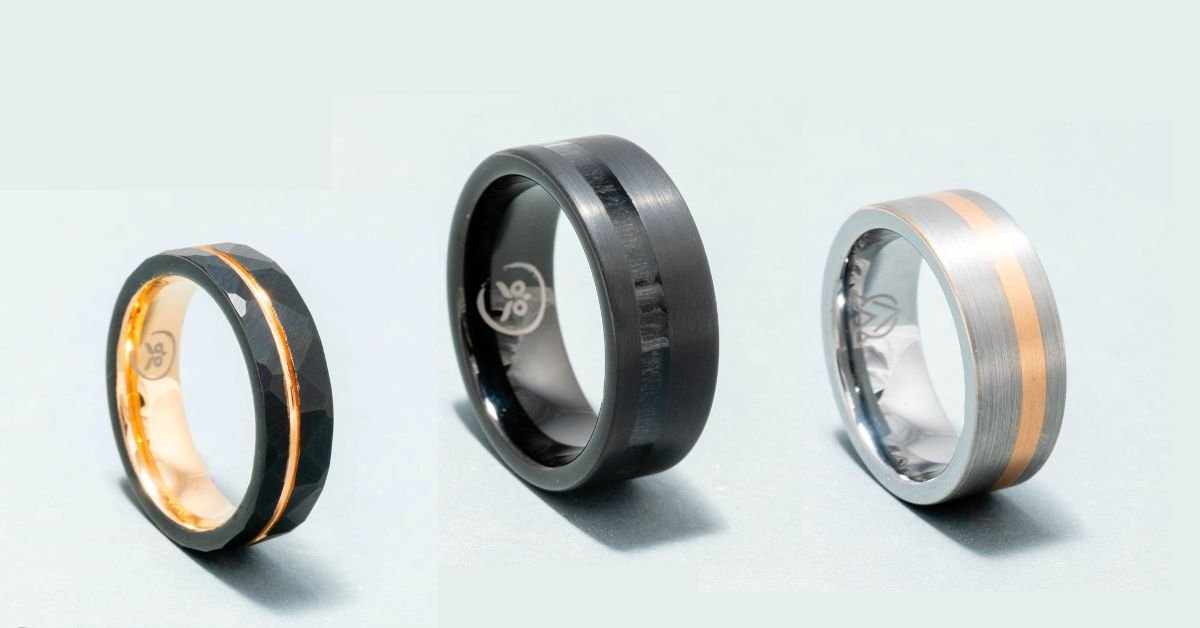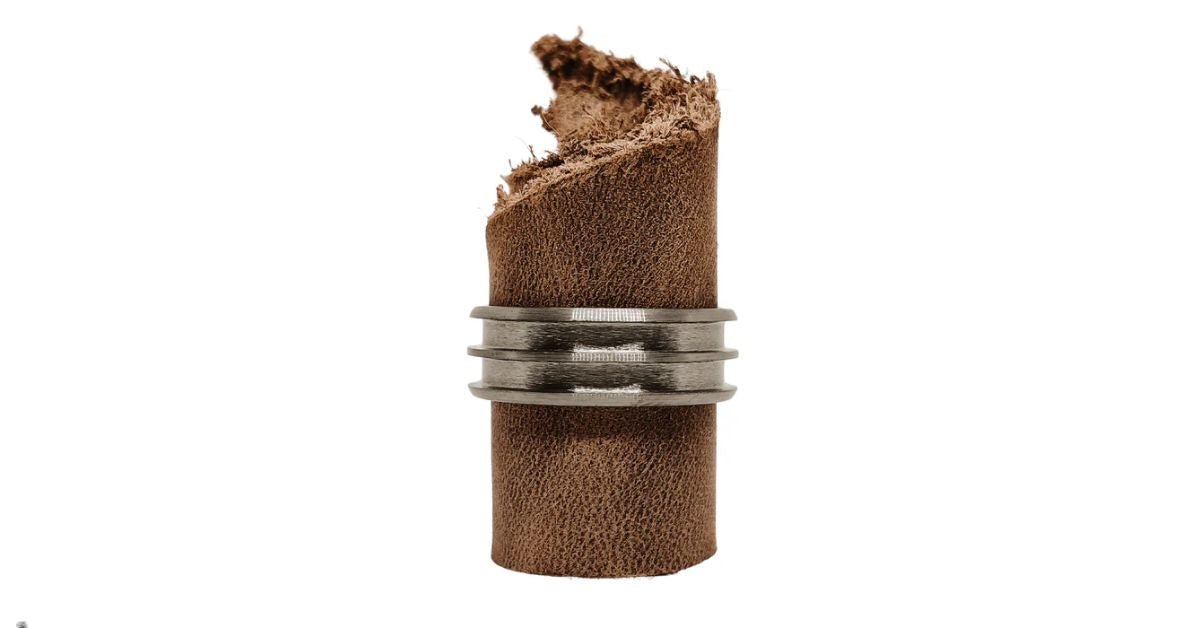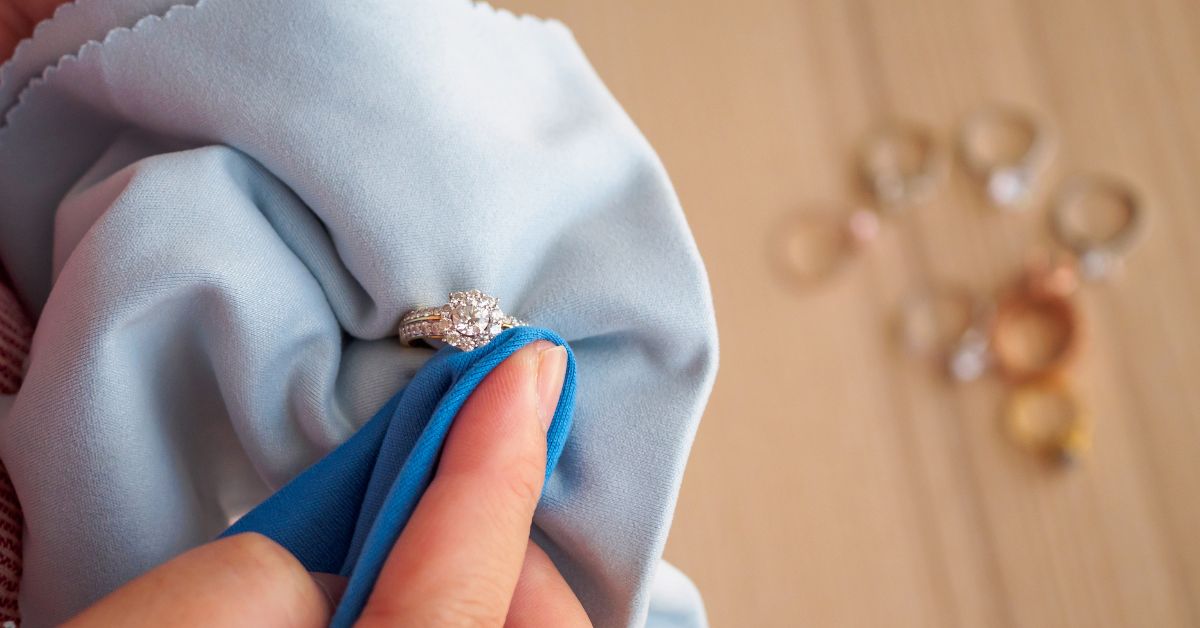
The History and Significance of Men's Wedding Rings: Tradition Meets Modern Trends
Introduction
Wedding rings have long been a symbol of commitment and everlasting love, worn to signify the union of two people. While women's rings have traditionally been more prominent, men's wedding rings have grown in importance over time, evolving from a simple band to a diverse array of styles and materials. The role of the men's wedding ring is now multifaceted, representing not only the bond of marriage but also the personality and preferences of the wearer.
This article delves deep into the history and cultural significance of men's wedding rings, tracing their origins, traditions, and the modern trends that have reshaped their meaning. By examining both the past and present, we can gain a greater understanding of how men's rings have become an essential part of wedding symbolism in today’s world.
The Ancient Origins of Wedding Rings
The tradition of exchanging wedding rings dates back thousands of years, with some of the earliest records found in ancient Egypt. Egyptians believed that circles symbolised eternity, and couples exchanged rings to represent their undying love. These early rings were often made from braided reeds or hemp and were worn on the fourth finger of the left hand. This practice was rooted in the belief that a vein, known as the "Vena Amoris" or "Vein of Love," ran directly from this finger to the heart.
The Romans later adopted the tradition, making rings out of iron, signifying strength and permanence. The Roman ring exchange was a legal act, symbolising the husband’s ownership of his wife. Though the exchange of rings was deeply meaningful, it was primarily women who wore them. Men's rings were rare during these times, as marriage and its associated symbols were more about property and alliances than mutual love.
Men's Wedding Rings in Early European Tradition
During the Middle Ages and the Renaissance, men’s wedding rings were still not a widespread tradition. Marriage was seen more as a social contract, and rings were predominantly given to women. However, there were some notable exceptions in European traditions where men's rings did play a role. Signet rings, for example, were often worn by noblemen, symbolising their status and family heritage. These rings, engraved with coats of arms, sometimes doubled as wedding bands, representing both marriage and lineage.
By the 17th century, men’s rings began to appear more frequently, although they remained largely symbolic of wealth and social standing. In some instances, the rings were inscribed with romantic messages or declarations of love, particularly among the upper classes. These inscriptions marked a significant shift in the perception of marriage, from a legal transaction to a partnership built on mutual affection.
The Introduction of Men's Wedding Rings in the 20th Century
The wearing of wedding rings by men did not become mainstream until the 20th century, and even then, it was a practice born out of necessity. During World War II, many soldiers began to wear wedding bands as a reminder of their wives and families back home. This was particularly poignant given the long periods of separation and the ever-present danger of war. The rings became a symbol of fidelity and emotional connection, serving as a tangible link to loved ones.
After the war, the practice continued to grow in popularity, and by the 1950s, it became customary for men in many Western cultures to wear wedding rings. This shift marked a significant cultural change, as marriage began to be viewed more as an equal partnership, with both partners bearing symbols of their commitment. Men's wedding rings, once a rarity, had become a staple of matrimonial tradition, and their design began to evolve accordingly.
The Cultural Symbolism of Men's Wedding Rings Across the World
Different cultures have interpreted the significance of men's wedding rings in various ways. In many Western countries, the ring is typically worn on the left hand, following the ancient belief in the "Vein of Love." However, in countries like Germany, Norway, and Russia, the ring is worn on the right hand, symbolising strength and fidelity. The material of the ring also holds cultural significance. For example, in Jewish tradition, wedding rings are often simple bands without any engravings or gemstones, representing purity and wholeness.
In Eastern cultures, the tradition of exchanging rings has a somewhat different history. In India, for instance, the exchange of wedding rings has only recently gained popularity due to Western influences, while traditional marriage ceremonies involve the bride receiving a toe ring instead. In China, men's wedding rings have been incorporated into modern marriage practices but are often seen as secondary to the bride's jewellery. These cultural differences highlight the diverse meanings that men's rings can hold across the globe.
The Shift from Simple Bands to Personalised Men's Rings
Historically, men’s wedding rings were often plain and unadorned, reflecting a more functional purpose. A simple gold or silver band was the most common choice, symbolising eternity through its unbroken circle. However, as men’s jewellery became more accepted and popular, there was a notable shift towards more personalised designs. The personalisation of men’s rings marked a growing desire to reflect individual style and personality within the symbol of marriage.
Today, men have an array of customisation options, from engraved initials or meaningful dates to intricate patterns and unique materials. Some prefer to add small gemstones or choose alternative metals like titanium or platinum. This shift from simplicity to personalisation represents not only a change in fashion but also the desire for modern men to make their wedding rings a personal statement, rather than just a traditional symbol.
The Impact of Modern Materials: Tungsten, Titanium, and More
One of the most significant changes in men’s wedding rings in recent decades is the introduction of modern materials. Tungsten, titanium, and ceramic have become popular choices due to their durability and sleek appearance. Tungsten, in particular, is known for its strength and scratch resistance, making it an ideal choice for men who lead active lifestyles or work in physically demanding jobs.
These modern materials have added a new dimension to men’s wedding rings, offering options that are not only practical but also stylish. Tungsten and titanium rings often feature a minimalist aesthetic, appealing to men who prefer a more understated look. In contrast, other modern materials like carbon fibre or ceramic provide a bold, contemporary feel. The introduction of these materials has revolutionised the way men choose their wedding rings, allowing for greater expression of individuality and taste.
The Rise of Men's Wooden Wedding Rings
While metals have long been the go-to choice for wedding rings, there has been a growing trend towards wooden wedding rings for men. These rings offer a unique, natural appeal that stands out in a world dominated by metals. Wooden rings are often chosen for their connection to nature, sustainability, and craftsmanship, with each ring possessing its own distinct grain pattern and texture. This natural variability ensures that no two wooden rings are alike, making them a truly personalised option.
The rise of wooden rings also speaks to a broader trend of eco-consciousness and a desire for more sustainable products. Many men are now opting for materials that align with their values, and wooden wedding rings are a perfect example of this shift. In addition, wooden rings often combine wood with other materials, such as tungsten or titanium, creating a beautiful contrast between the organic and the industrial.
Modern Trends: Minimalism vs. Bold Statement Rings
In the world of men’s wedding rings, trends have shifted dramatically. On one end of the spectrum, minimalist designs have become increasingly popular. These rings are often sleek, simple, and understated, with smooth surfaces and clean lines. They appeal to men who prefer a more subtle, sophisticated look, allowing the symbolism of the ring to take centre stage without the distraction of ornate details.
On the other hand, bold statement rings have gained traction among men who want their wedding rings to reflect their individuality. These rings may feature intricate designs, unique inlays, or even bold gemstones. Men who choose statement rings often see their wedding band as more than just a symbol of marriage; it’s also an expression of their personal style. This contrast between minimalism and boldness reflects the diverse tastes and preferences of modern men.
The Role of Men's Rings in Same-Sex Weddings
The growing acceptance and legalisation of same-sex marriages worldwide has also had an impact on the world of men’s wedding rings. In same-sex marriages, rings often take on a special significance, representing not only the union between two individuals but also the hard-fought right to marry. Men in same-sex marriages may choose matching rings, or they might opt for personalised designs that reflect their unique bond.
Additionally, the trend towards gender-neutral designs has gained momentum, with many same-sex couples opting for rings that defy traditional gender norms. This trend reflects a broader movement towards inclusivity in wedding traditions, where rings are not confined by outdated notions of masculinity or femininity. As a result, men's wedding rings in same-sex marriages often carry a deeper layer of meaning, symbolising love, equality, and personal identity.
Customisation in Men’s Wedding Rings: Making It Truly Personal
Customisation has become one of the most sought-after features in men’s wedding rings, allowing grooms to create a ring that is truly their own. From engraving names, dates, or meaningful phrases to incorporating unique materials like wood or inlaid gemstones, the possibilities are endless. Men are increasingly looking for ways to make their rings reflect their personalities, values, and relationships, turning a simple band into a one-of-a-kind piece.
Customisation also allows couples to create matching or complementary rings, adding a personal touch to their wedding jewellery. Whether it’s a hidden engraving on the inside of the ring or a completely bespoke design, customisation has become a key element of modern wedding rings. It ensures that the ring is not only a symbol of marriage but also a reflection of the individual who wears it.
The Evolution of Meaning: More Than Just a Wedding Ring
In today’s world, men’s wedding rings are no longer just a symbol of marriage. They have evolved to represent much more—personal milestones, identity, and even life journeys. While the primary meaning of a wedding ring will always be tied to love and commitment, men are increasingly using their rings to signify personal growth, accomplishments, or even their connection to nature or craftsmanship. In this sense, the wedding ring has become a multifaceted symbol that carries a deeper, more individualised meaning.
Some men choose rings that represent their heritage, such as designs incorporating traditional symbols or materials from their ancestral homeland. Others might opt for rings that symbolise their profession, hobbies, or beliefs. For example, a wooden ring might symbolise a love of nature, while a tungsten ring may represent strength and resilience. This evolution of meaning showcases how the modern man’s wedding ring has transcended its traditional role, becoming a piece of jewellery that tells a personal story.
Conclusion
The journey of men’s wedding rings, from their ancient origins to their modern-day resurgence, reflects a broader evolution in societal values, personal expression, and cultural significance. What was once a simple band representing ownership or a social contract has grown into a deeply personal symbol of love, commitment, and individuality. Modern men’s wedding rings are no longer confined to tradition; they now encompass a wide array of materials, designs, and personal customisations that reflect the diverse preferences and personalities of the wearers.
As trends continue to evolve, men’s wedding rings will undoubtedly see even more innovation in design and meaning. Whether it’s the adoption of new materials like tungsten and wood, or the continued focus on personalisation, the modern man’s wedding ring has truly become a versatile and significant piece of jewellery. It remains a timeless symbol of marriage while also allowing men to express their individuality and connection to their partner in a way that resonates deeply with who they are.



